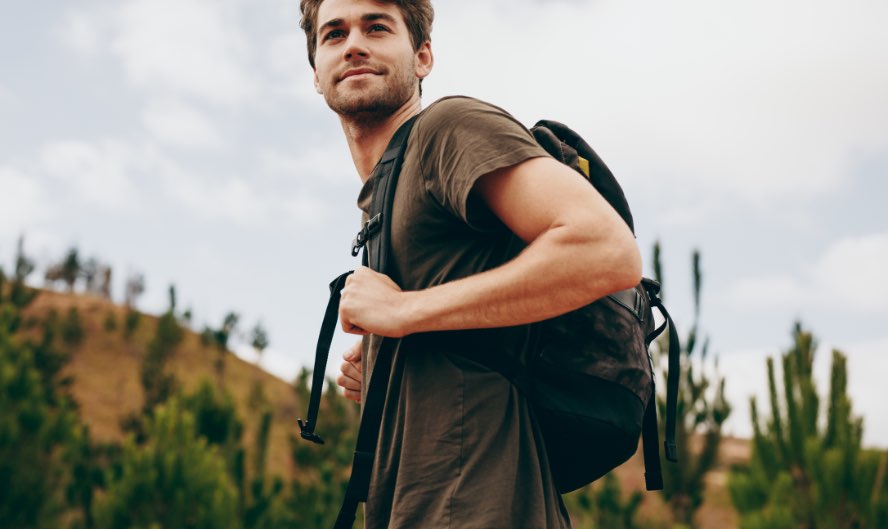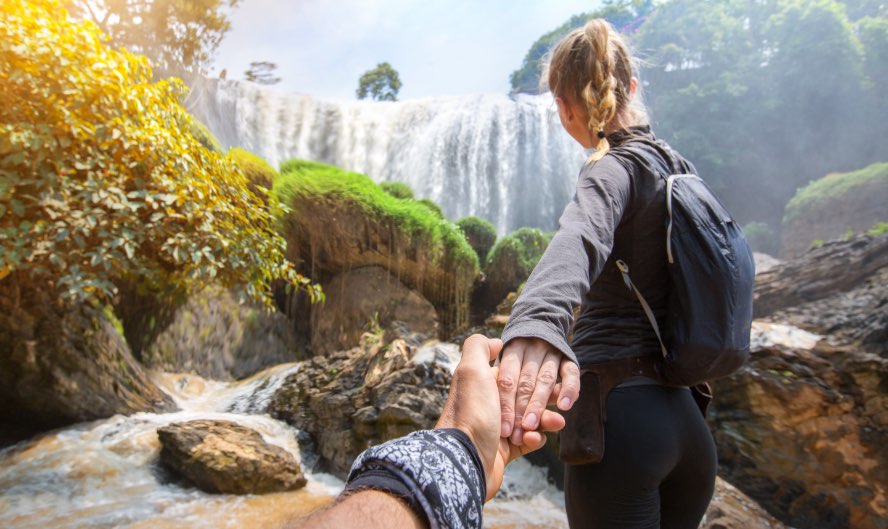04.EXPERIENCE O BAIXO MIÑO AND VIGO
PURE ATLANTIC OCEAN
PURE ATLANTIC OCEAN
Discover the breeze, aroma and history of the coastal inlet Ría de Vigo: the pure Atlantic Ocean in which the unique natural landscape merges with castros, monasteries or castles that have guarded and protected the place from new threats from the ocean.
The Ría de Vigo has been an important strategic point for maritime trade between Europe and America, as well as a calm bay, perfect for mollusc farming.
Dive into the pure Atlantic Ocean, and visit the towns of Redondela, Nigrán, Baiona and Oia. The Ría de Vigo is a part of the Atlantic Ocean that goes into the land creating coves, bays and anchorages. It is a natural paradise, with beautiful islands like the Cíes, a space of great ecological value with clear waters and beaches of fine sand. Thanks to its mountains, the Ría is protected from the raging Atlantic storms. The calm sea of the ría is perfect for the cultivation of mussels in the bateas (wooden platforms) and other types of seafood, a food gem that can be perfectly paired with the excellent wines under the Designation of Origin Rías Baixas.
The Ría de Vigo is full of stories. This has been a strategic spot during the Iron Age, when castros (pre-Roman hillfort settlements) were built along the coast, and also in more recent periods, when the Monterreal Castle, which used to protect the entrance to the Ría, and the fortified Oia Monastery, by the sea, were built.
In addition, the risky expeditions and brave seafarers had to sail through the Atlantic Ocean. The Casa da Navegación (House of Navigation), in the town of Baiona, illustrates these important historical events. In fact, this town was the first European place to learn about the Discovery of America. The Ría was also the entrance for invaders, and the setting of important events such as the Battle of Vigo Bay, in 1702, in which an Anglo-Dutch army plundered the region of Vigo.
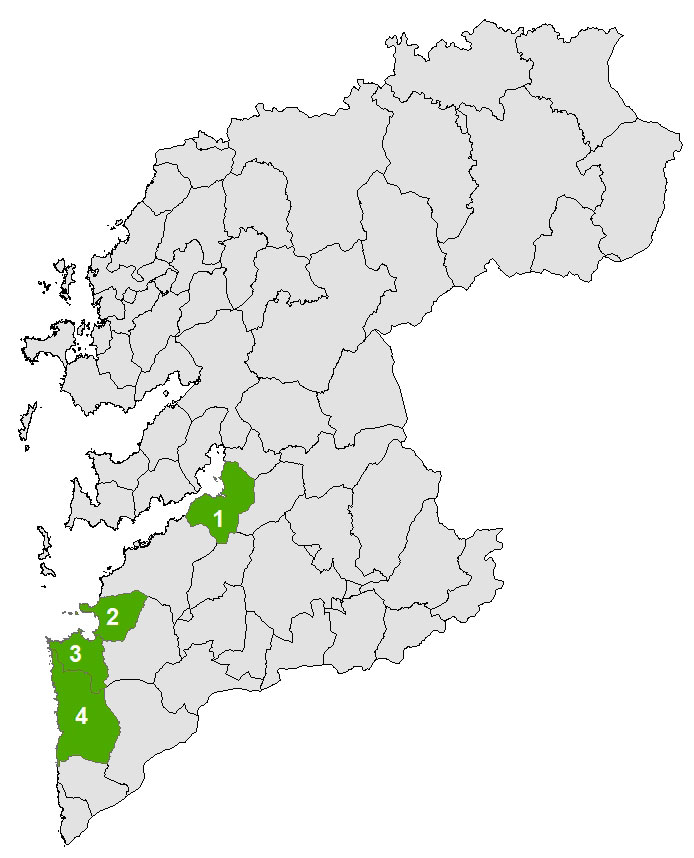
- 1 - Redondela
- 2 - Nigrán
- 3 - Baiona
- 4 - Oia
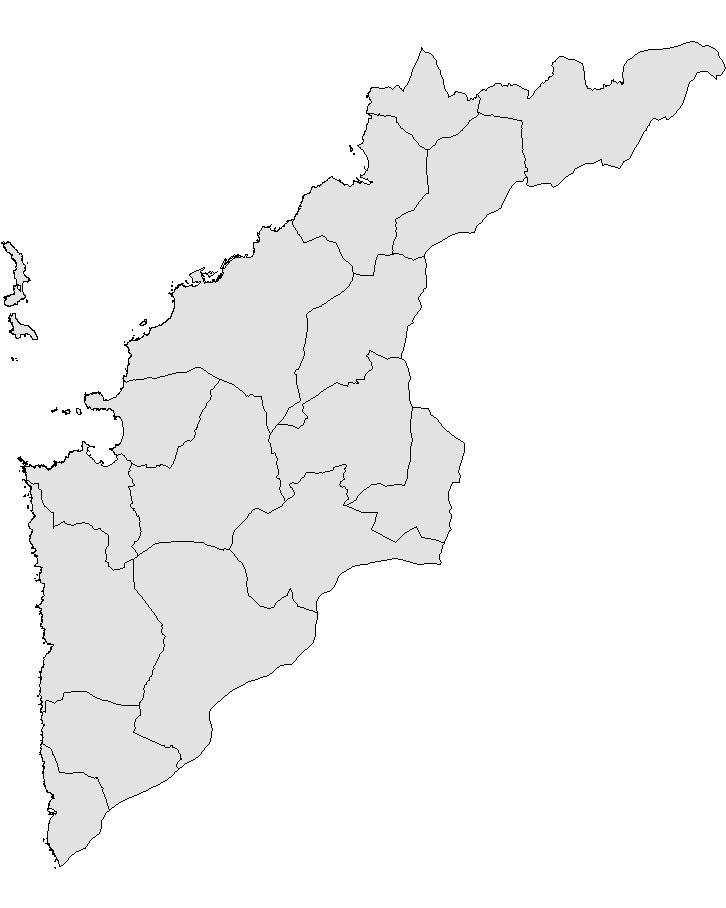
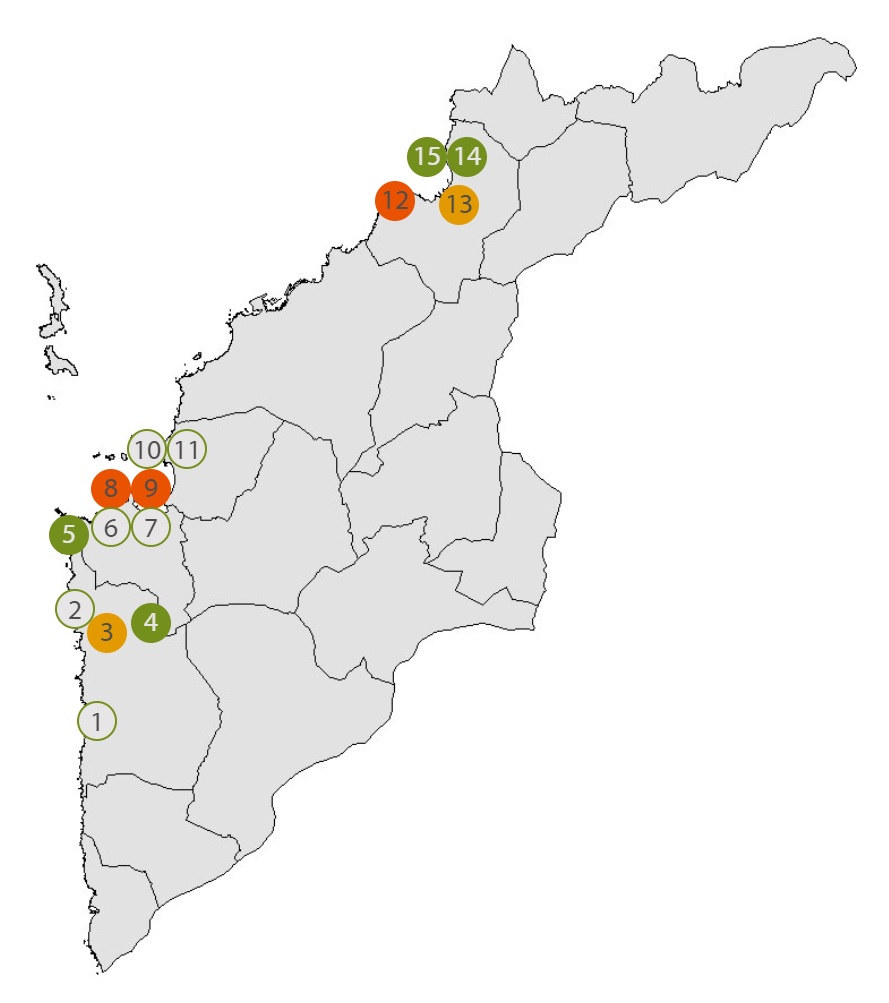
MUSEUMS
-
Located in the Casa Carvajal, this museum shows the historical, urban and social evolution of the Royal Town of Baiona, as well as the role its port has played in the Atlantic trade routes. One of its most important exhibits is a model of the caravel Pinta, which arrived at the port of Baiona in 1493, from América.
R/ Ventura Misa, 17, 36300 BaionaPhone: +34 986 356 688 -
This museum has a replica of the ship docked in the port of Baiona. Inside, you can learn about the crew and the cargo that arrived in this port in 1493: metals, plants, food, exotic animals...
Pantalán del Paseo Alfonso IX, 36300 Baiona -
It is located in an old cannery. This is an interpretation centre of the heritage of the Ría de Vigo and highlights the strategic position of the Ría. It recreates several battles, such as the Battle of Vigo Bay.
Pantalán del Paseo Alfonso IX, 36300 BaionaPhone: +34 986 458 891
OTHER POINTS OF INTEREST
-
It was built in the 12th century by the sea. It was renovated in several periods and now it features Romanesque, Gothic and Baroque architectural elements. It is a fortified construction, and in the 16th century, it served as a defence for the coast and as a refuge for ships.
-
It is a pre-Roman fortified settlement on a hill with stunning views over the Atlantic Ocean. Outside the walls, there are several rock engravings of incomplete connected circles.
-
It is listed as a Historical and Artistic Site. If you stroll around its cobblestone streets, you will discover manor houses, such as the 18th-century Pazo de Correa, the 15th-century Cruceiro da Trinidade (a stone cross honouring the Holy Trinity), or the 13th-century fortified Santa María Collegiate Church.
-
This Festival of International Tourist Interest is held on the first weekend of March. It commemorates the arrival of the caravel Pinta in 1493, the first news about the Discovery of America. During this festival, streets are filled with music, markets and activities. A re-enactment of the account that Martín Alonso Pinzón told to the Mayor of Baiona is also held.
-
A horseshoe arch, one of the few examples of pre-Romanesque art in Galicia that may have belonged to a 10th-century temple that no longer exists.
-
Designed by the architect Antonio Palacios and built between 1932 and 1937 to honour Our Lady of Mount Carmel. It combines Gothic, Modernist and Islamic architectonic styles.
CULINARY MOMENTS
-
A festival celebrated in the town of Oia in April that serves to promote sea urchin. There, sea urchins caught in the coasts of Oia can be tasted raw, boiled or grilled and served with corn bread and local wine.
-
Festival of Tourist Interest in Galicia that is celebrated during the first fortnight of May. There, the cuttlefish is prepared according to different recipes. You can taste traditional dishes like cuttlefish in an empanada (Galician savoury pie stuffed with seasonal fillings) or with rice, as well as innovative ones, such as cuttlefish with beans.
NATURAL SPOTS
-
It is a rocky hill near the coast with low scrubland, pine trees and oak trees in the valleys. It covers the towns of Tomiño, A Guarda, Oia, Baiona and Gondomar, with interesting points such as the Lousado Hill, the Alto da Grova or A Pedra da Gata, which offer beautiful panoramic views.
-
A Peneda Hill, close to the Verdugo River, offers panoramic views over the Ría de Vigo, the coast and even the Cíes Islands. The megalithic necropolis of Cortello dos Mouros and the tumulus Mámoa do Rei were found in the area. In the Iron Age, there was a castro, and, in 1477, the Bishop of Santiago, Alonso Fonseca, built a castle there. Later, a chapel consecrated to the Virgin of A Peneda was erected on the hilltop.
-
Located at the innermost part of the Ría de Vigo, this island, now uninhabited, it is a protected area and has been the setting for repeated pirate attacks and battles. In the Middle Ages, there was a monastery; in the 19th century, there was a leper hospital; and a prison during Franco’s dictatorship. Now, there is a centre for historical memory.
OTHER POINTS OF INTEREST
- Virgin of A Rocha
It is the most important monument in Baiona. It was designed by the architect Antonio Palacios and built in granite in 1930. It is a 15-metre statue of the Virgin holding a boat and serves as a viewpoint that can be accessed by a staircase.
[+] INFO - Fortress of Monterreal
It is located by the port of Baiona; it was used as a watchtower to protect the Ría de Vigo. It features elements dating from the medieval period up to the 18th century. Its monumental crenelated wall flanked by towers and watchtowers stands out. Today, it houses the historic hotel Parador de Baiona.
[+] INFO - Santa María Collegiate Church (Baiona)
This fortified Romanesque church, whose construction began in 1287, is an austere building with an unornamented façade in which the rose window stands out. It was a collegiate church from 1482 to 1850.
[+] INFO - Pazo Torres de Agrelo (Redondela)
It is a 19th-century manor house built on the grounds of an old monastery and surrounded by beautiful gardens with stunning views over the Ría de Vigo. These gardens boast a magnificent specimen of Camellia sasanqua ‘Barão de Soutelinho’, which is probably the oldest Camellia sasanqua in Europe.
[+] INFO - Talaso AtlánticoFaro Silleiro, s/n, 36309 Oia
 Phone: +34 986 385 090[+] INFO
Phone: +34 986 385 090[+] INFO
CULINARY MOMENTS
- Festa da Rosquilla (Gondomar)
An event held in July to promote one of the traditional local desserts: the rosquillas, puff pastry, aniseed or glazed doughnuts prepared in the traditional way. Contests, activities and music round off the celebration.
NATURAL SPOTS
- Promenade of O Monte Boi (Baiona)
An over 2-km promenade that runs along the O Monte Boi Peninsula. It borders the Monterreal Castle and passes by beaches and coves with stunning views. Along the promenade, which has a rest area and viewpoints, you can discover artillery batteries or areas of goose barnacle extraction.
- Estuary of the Miñor River (Baiona)
A protected area where the tides of the Miñor River meet the streams of Grova and Belesar. This wetland is home to a rich biodiversity. Morevoer, from the bird observatory of Sabarís, you can admire a great variety of water birds.
[+] INFO - América beach (Nigrán)[+] INFO

- Panxón beach (Nigrán)[+] INFO

- Patos beach (Nigrán)[+] INFO

- Barbeira beach (Baiona)[+] INFO

- Concheira beach (Baiona)[+] INFO

- Frades beach (Baiona)[+] INFO

- Ladeira beach (Baiona)[+] INFO

- Ribeira beach (Baiona)[+] INFO

- Santa Marta beach (Baiona)[+] INFO




